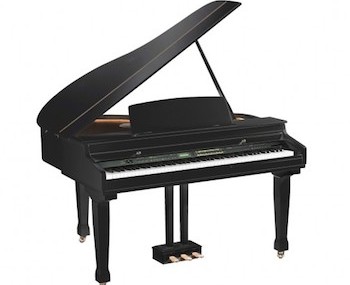 Baldwin
Baldwin
Hamilton
Chickering
Bosendorfer
Haessler
Kawai
Sohmer & Co
Pramberger
Schimmel
Steinway
Wurlitzer
Yamaha
Start searching online to find a good, reputable piano manufacturing company and you’ll quickly be overwhelmed by the sheer number of piano builders to do business with. In fact, in the last 200 years or so, there have been well over 12,000 piano brands in the marketplace. That’s not models … brands.
How do you know which manufacturer to choose?
How do you know which one is best?
And what’s the difference anyway?
Every piano on the market is made in a different way, in its own factory environment, using parts selected by a particular manufacturer. Some are made to be inexpensive alternatives; others are built by hand and designed to be collector’s items; true works of art.
But in all cases, a piano is as unique as the person playing it.
Pianos come in two styles: grands or verticals. Grands can be small to large: a small parlor grand can be 4’5” to a concert grand as large as 10’2”, while a vertical spinet can be 35” in height to a professional vertical at 52”. Choice is usually based on the size of the space you have to place your piano.
When making your selection, you are looking at the touch, or function of the action, and the sound. Each piano creates its own sound; some may be bright with lots of treble, others have lots of bass. Some may sound muffled while others may be vibrant with lots of voice.
It’s a personal preference. What sounds good to you? Because the better your piano sounds, the more likely you are to enjoy making music with it. Testing multiple pianos is the only way you can do that.
Are you ready to see how different piano brands sound?
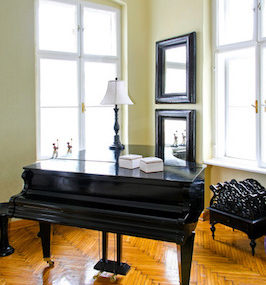


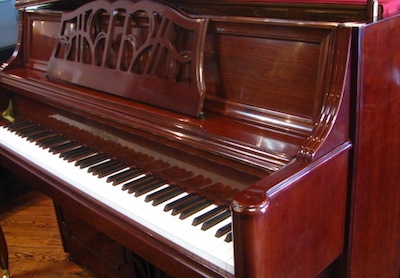
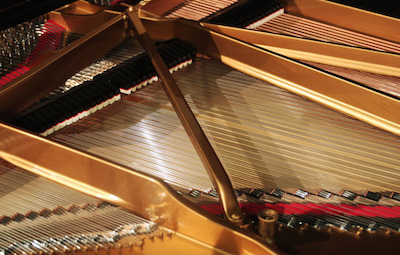
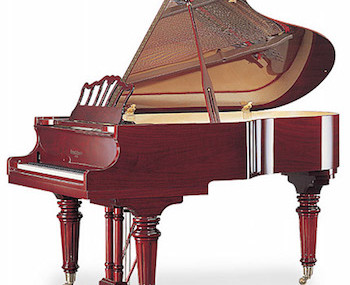
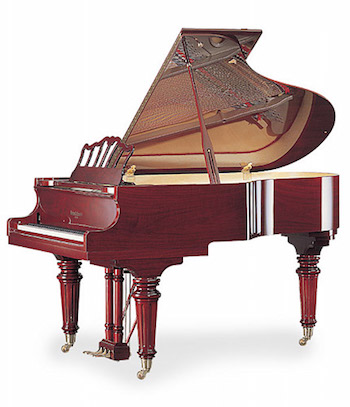 f you prefer exotic woods, you can find bubinga, rosewood, and many other styles and colors. And if you prefer color, you can find pianos painted white or ivory, or in some cases through special order you can find red, blue, or many other original colors.
f you prefer exotic woods, you can find bubinga, rosewood, and many other styles and colors. And if you prefer color, you can find pianos painted white or ivory, or in some cases through special order you can find red, blue, or many other original colors.